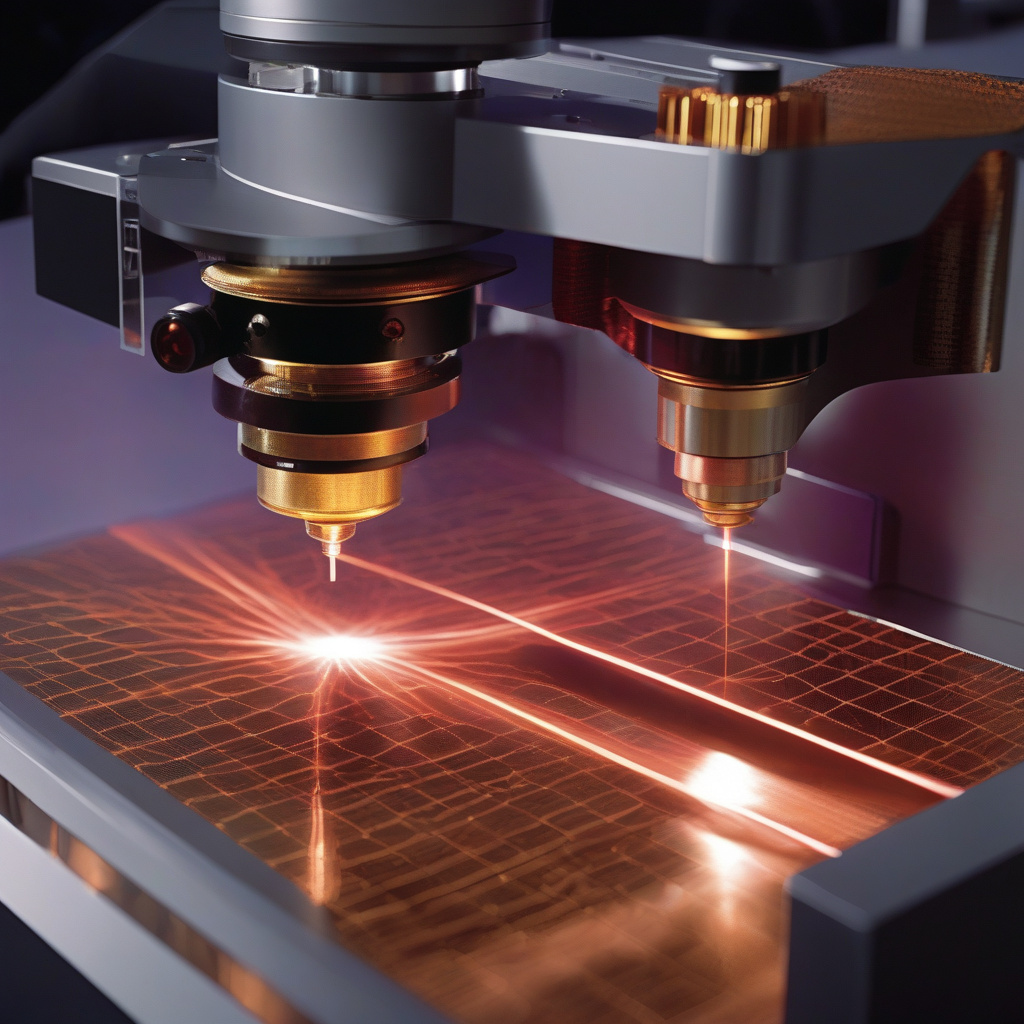Penny-Sized US Laser Captures Motion at Record 10 Quintillion Frames per Second
A newly developed chip-scale laser has applications ranging from guiding autonomous vehicles to detecting gravitational waves. This breakthrough technology, developed in the United States, is the size of a penny and can capture motion at an unprecedented rate of 10 quintillion frames per second. The implications of this innovation are vast and have the potential to revolutionize various industries.
One of the most exciting applications of this penny-sized laser is in the field of autonomous vehicles. With the ability to capture motion at such a high frame rate, these lasers can provide real-time feedback to autonomous vehicles, allowing them to navigate complex environments with precision and safety. This technology could significantly advance the development of self-driving cars, making them more reliable and efficient on the road.
In addition to autonomous vehicles, this high-speed laser technology has the potential to transform the field of medical imaging. By capturing rapid biological processes at the cellular level, researchers can gain valuable insights into disease progression and treatment effectiveness. This could lead to the development of new and improved medical therapies, ultimately saving lives and improving patient outcomes.
Furthermore, the penny-sized laser’s ability to detect gravitational waves opens up new possibilities in the field of astrophysics. By capturing the subtle distortions in spacetime caused by these waves, scientists can further our understanding of the universe and its origins. This technology could lead to groundbreaking discoveries in cosmology and reshape our current understanding of the cosmos.
The development of this chip-scale laser represents a significant advancement in high-speed imaging technology. Its compact size and unparalleled frame rate make it a versatile tool with applications across various industries. As researchers continue to explore the capabilities of this technology, we can expect to see even more groundbreaking applications in the near future.
In conclusion, the penny-sized US laser that captures motion at a record 10 quintillion frames per second is a game-changer in the world of high-speed imaging. From guiding autonomous vehicles to detecting gravitational waves, the potential applications of this technology are limitless. As we look to the future, it is exciting to think about the ways in which this innovation will continue to push the boundaries of what is possible.
innovations, technology, high-speed imaging, US laser, autonomous vehicles












